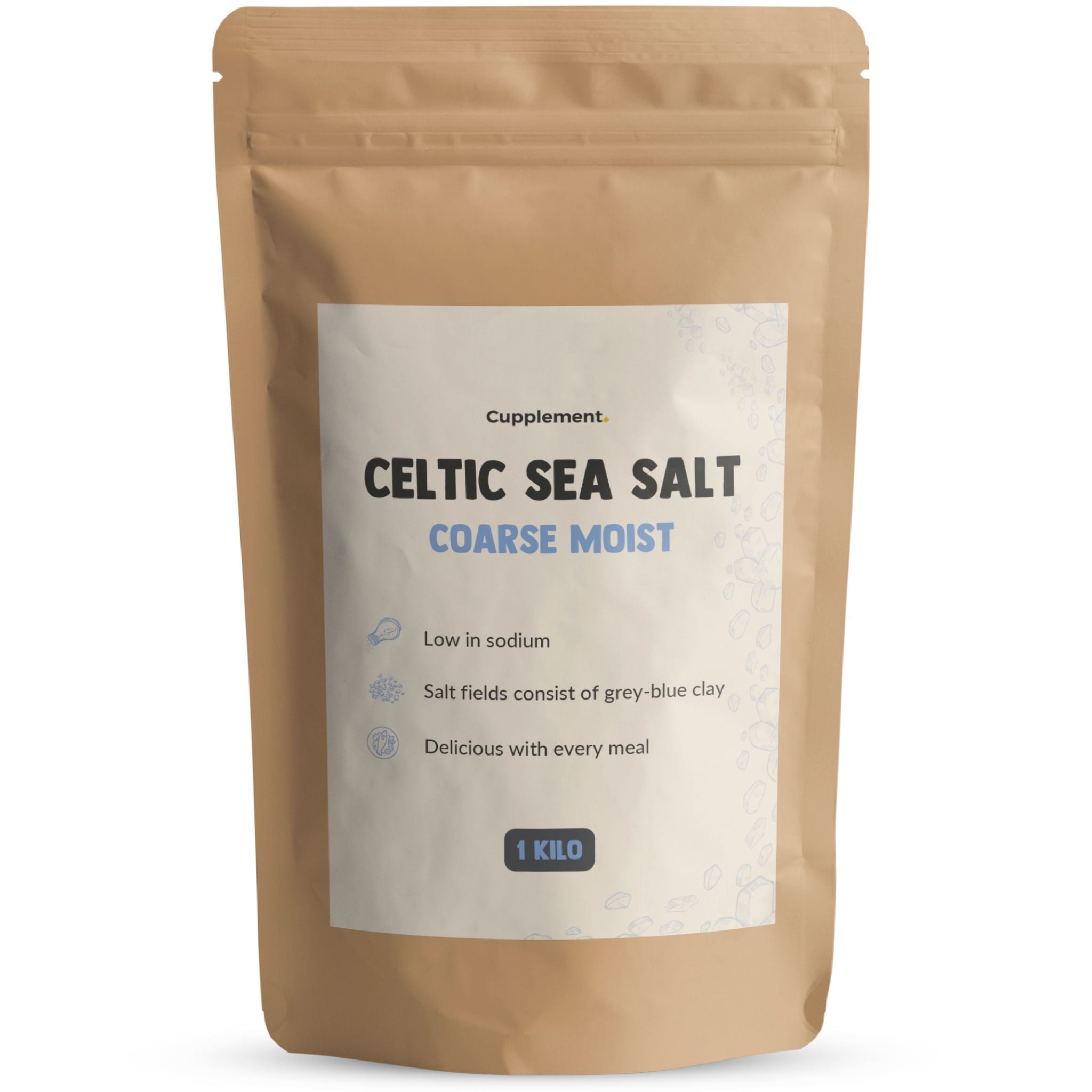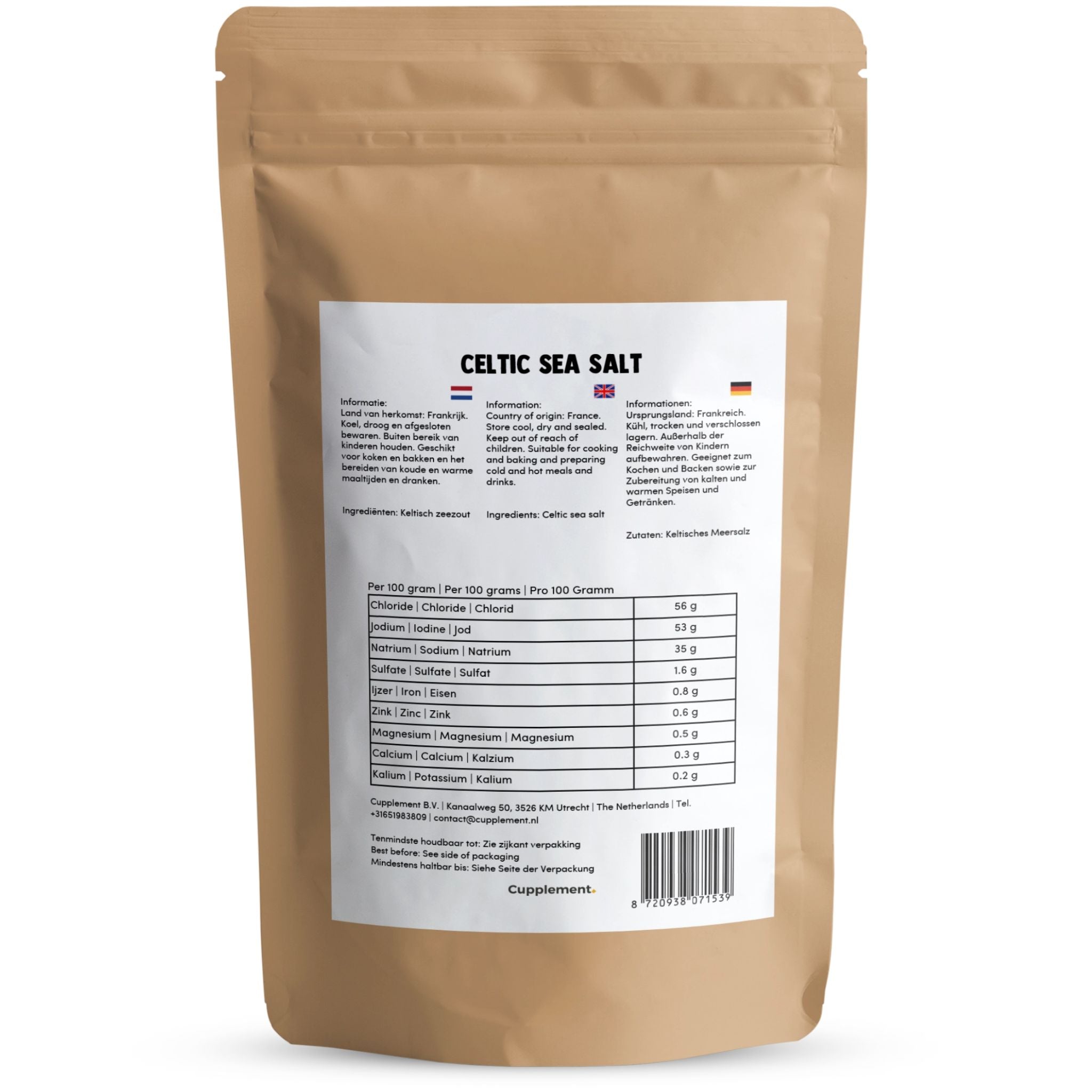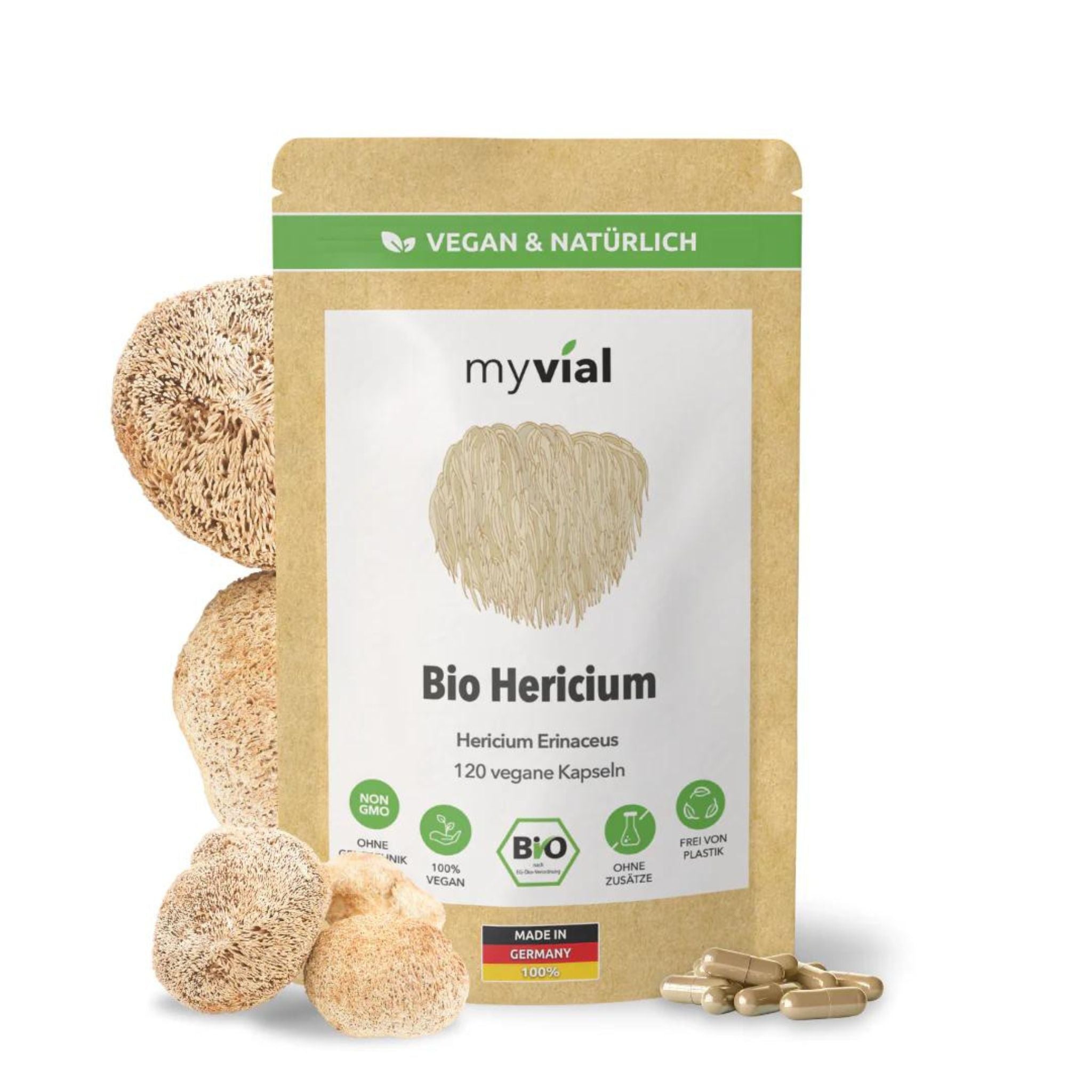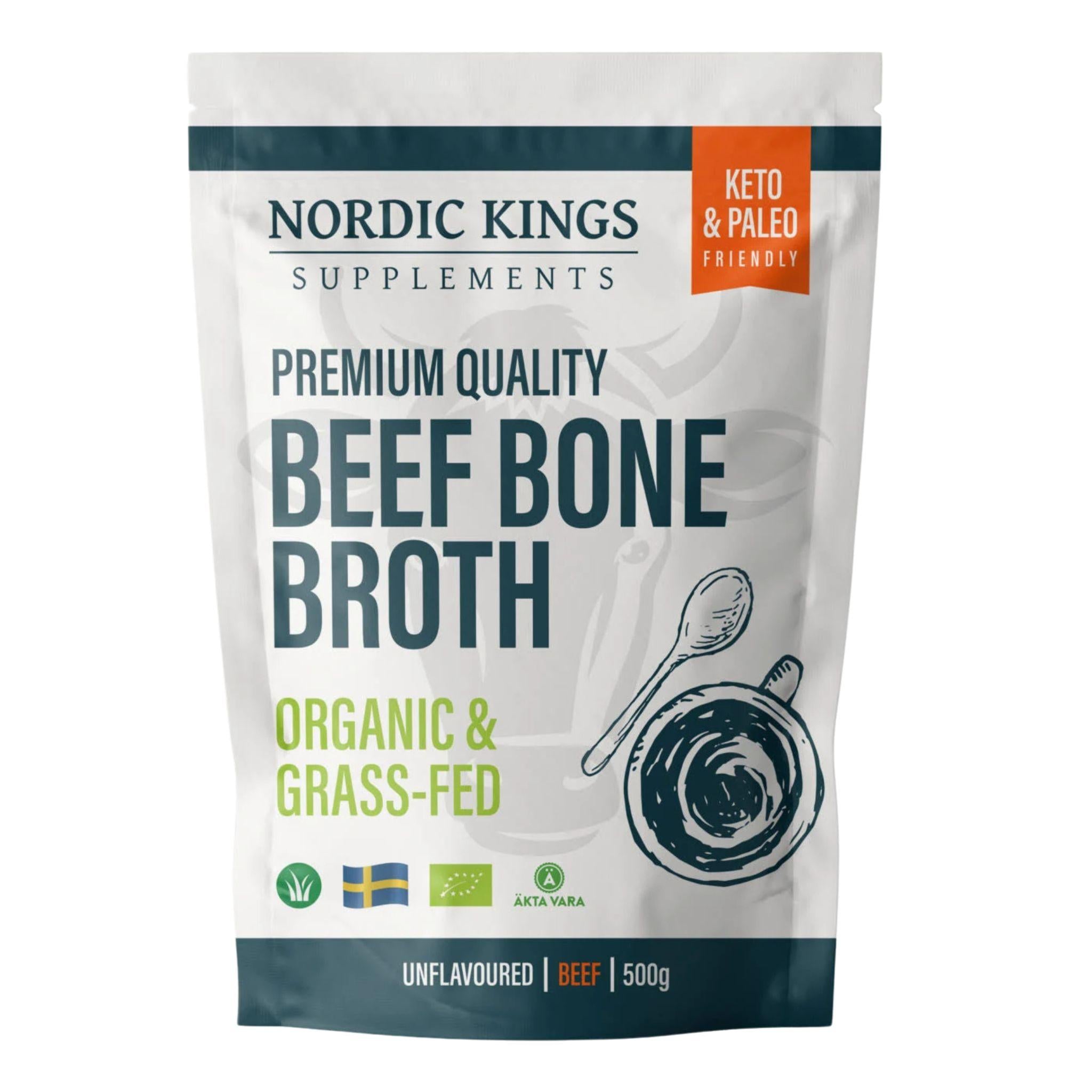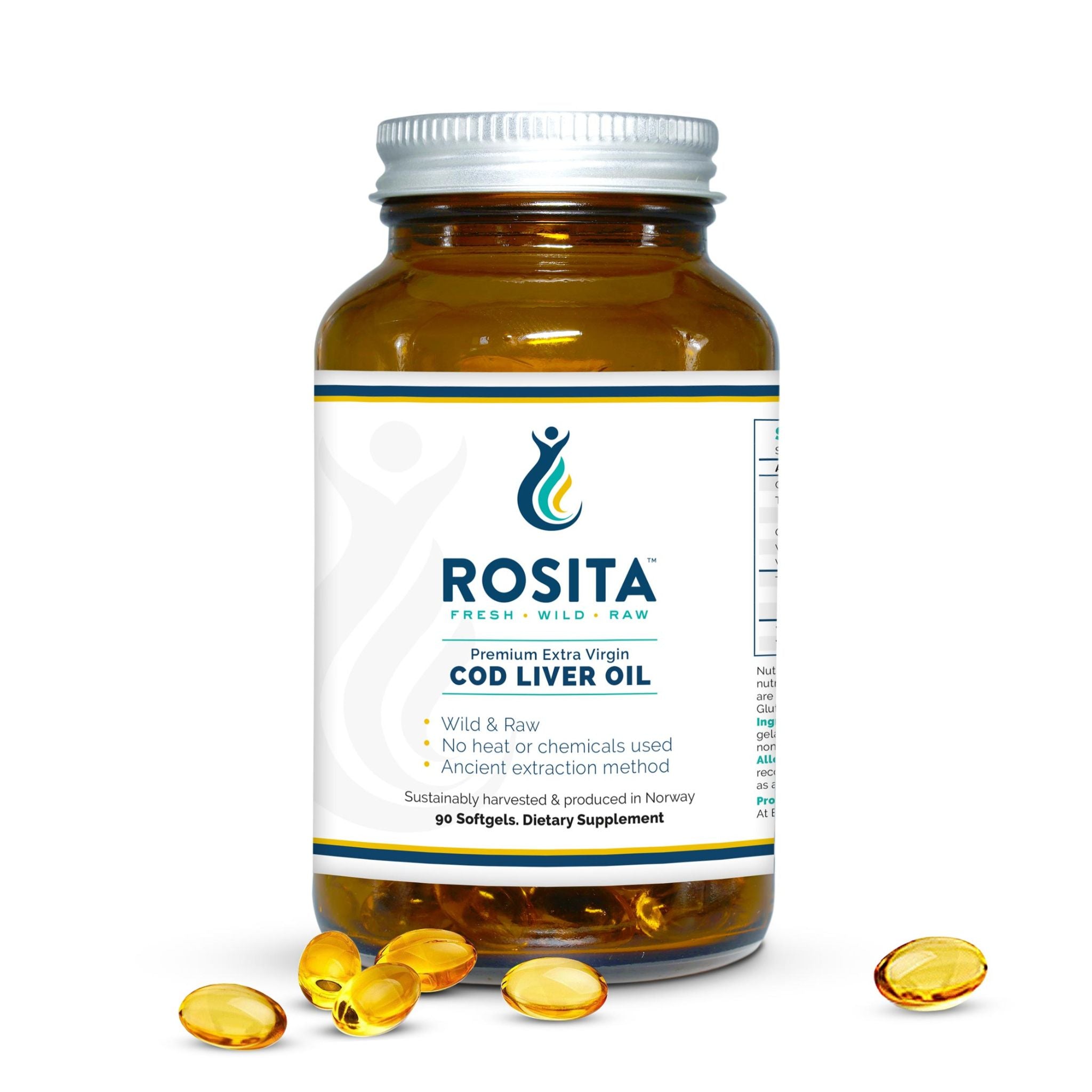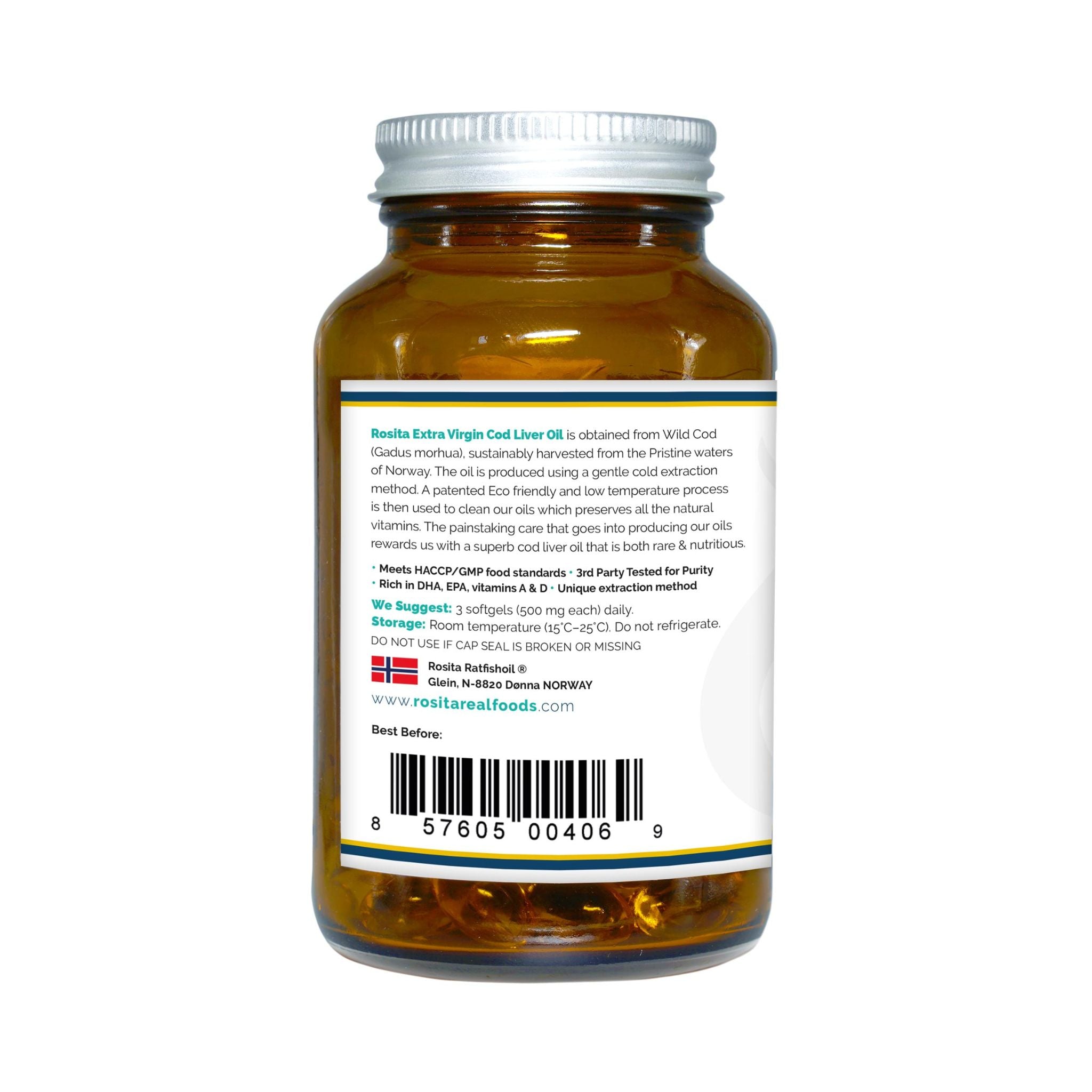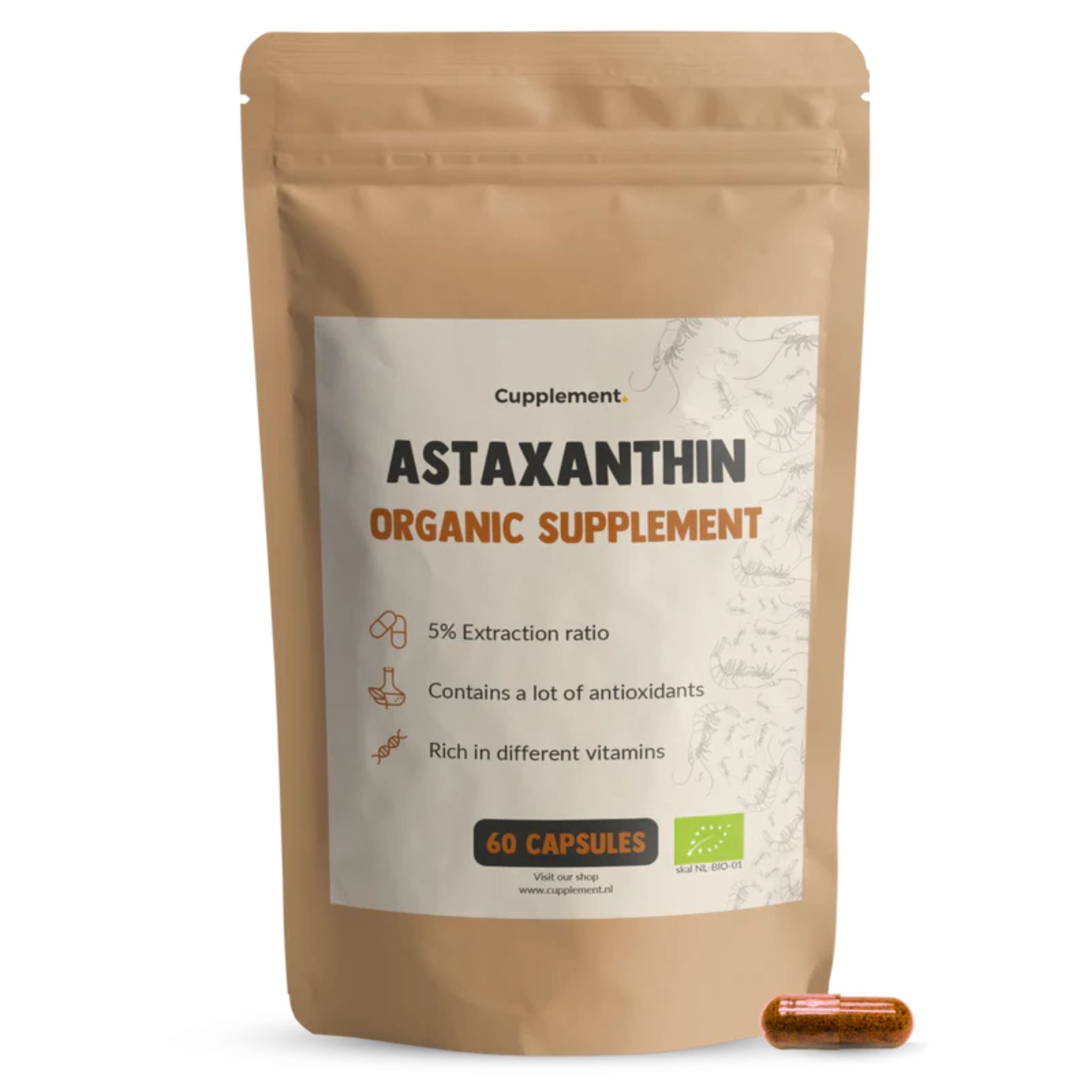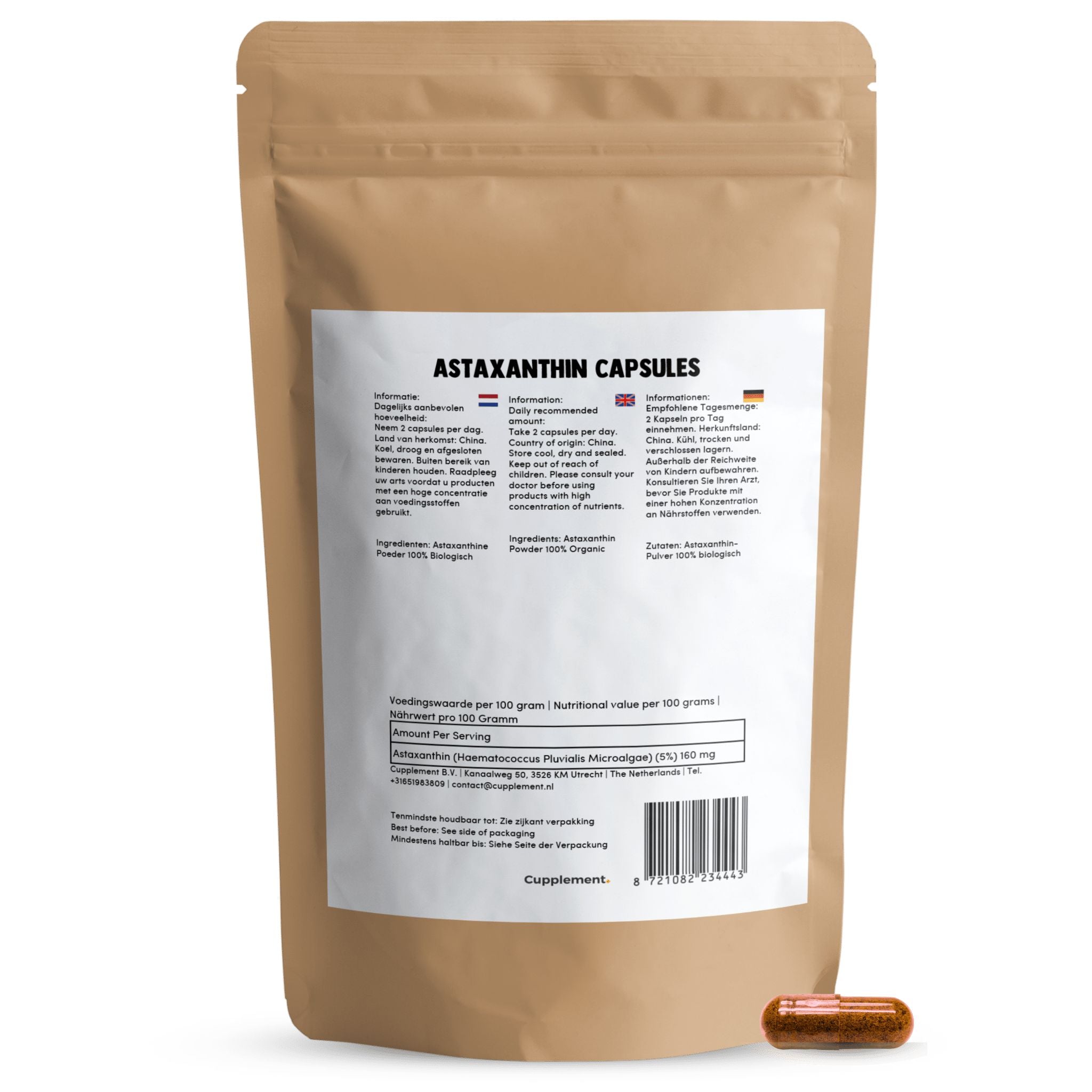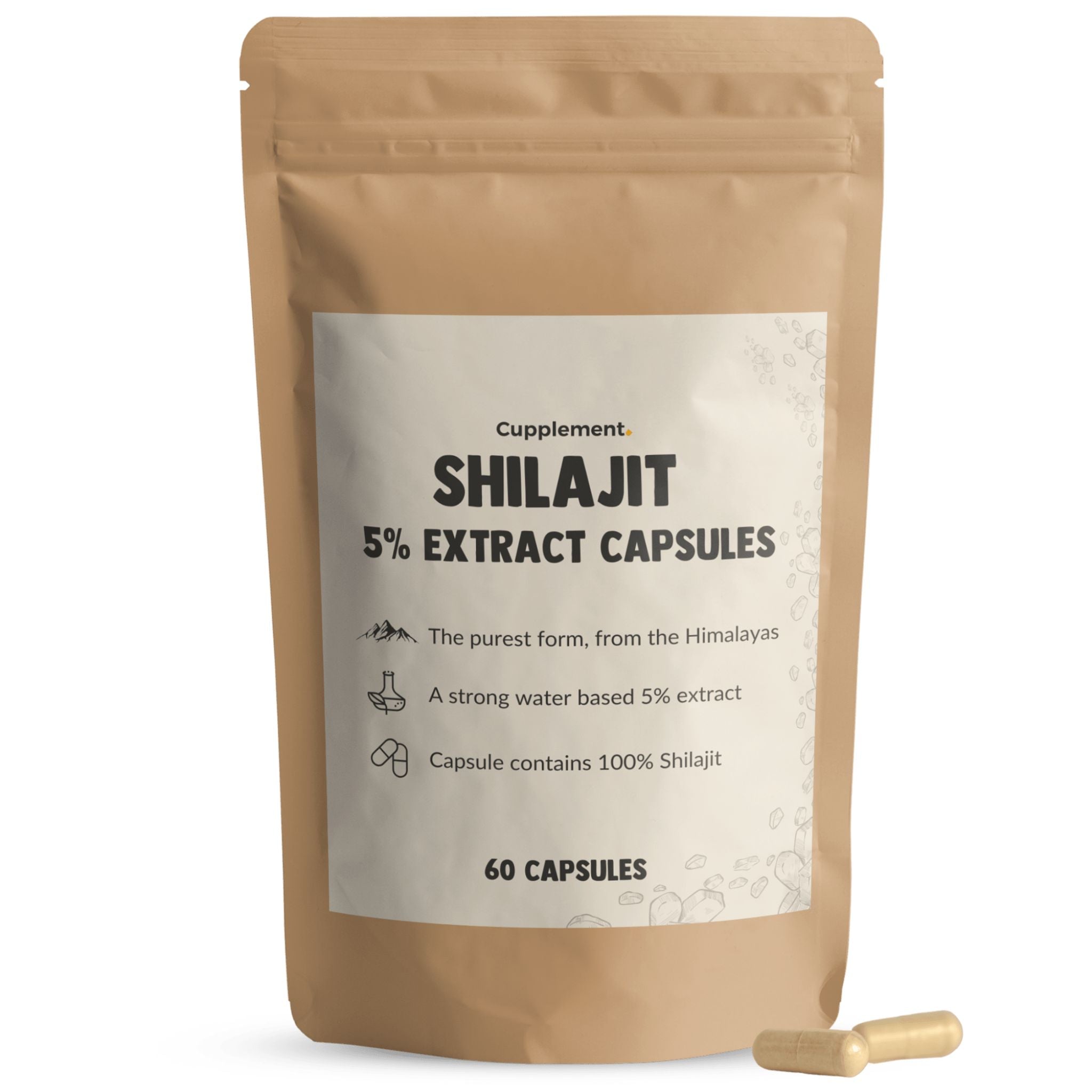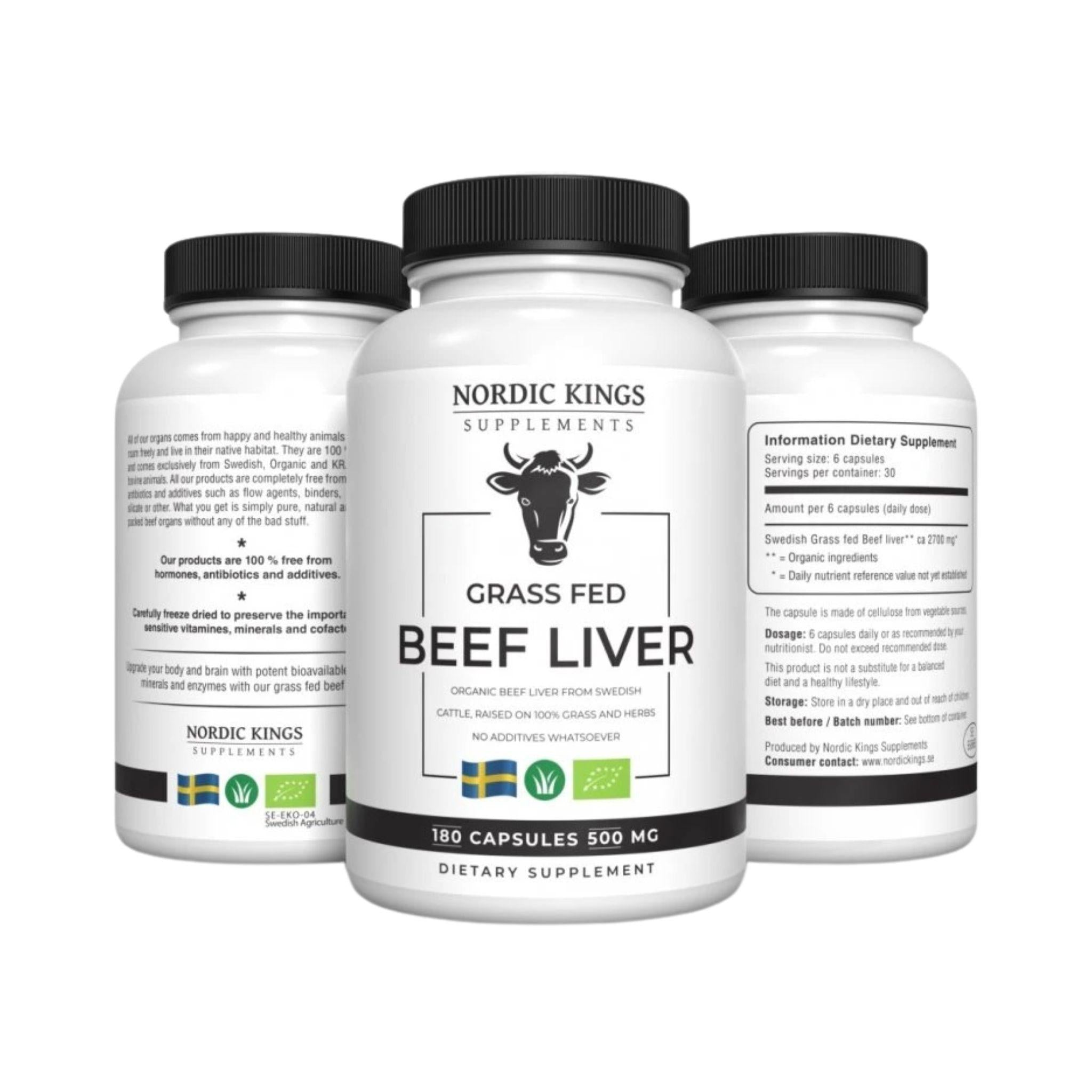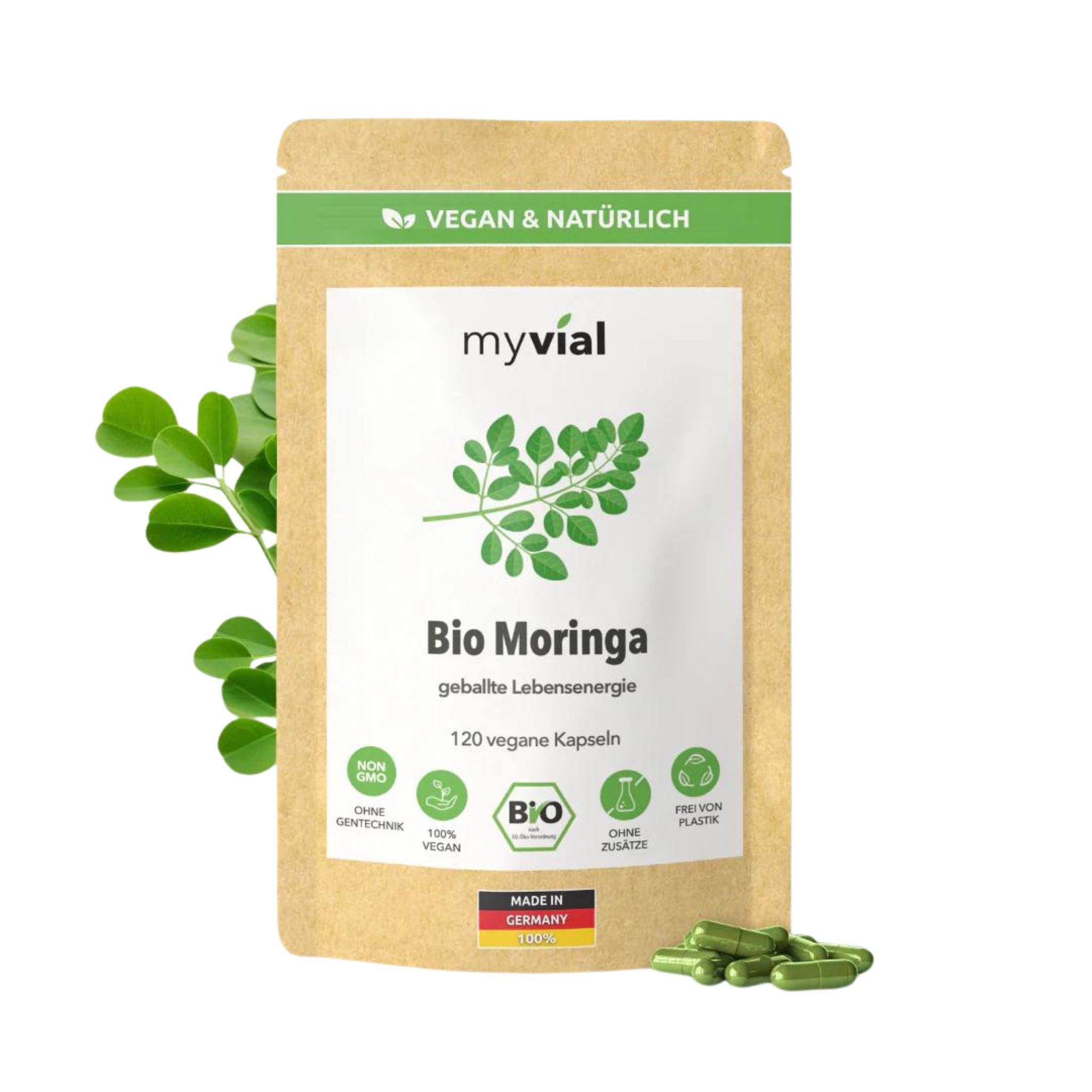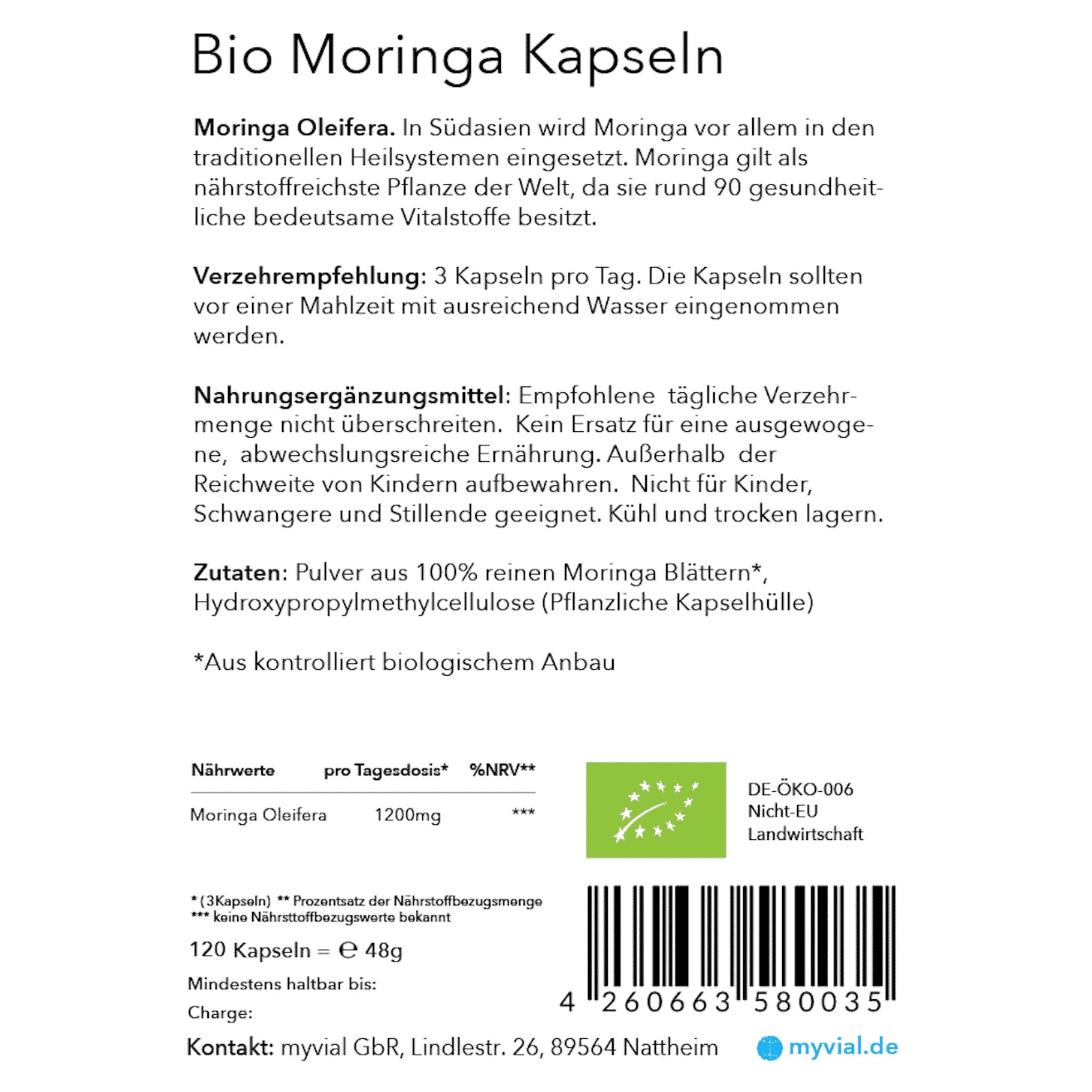Raw Milk: A Nutrient-Rich Choice for Health and Wellness
Raw milk has been a staple in traditional diets for centuries, celebrated for its rich flavor and impressive nutrient profile. Unlike pasteurized milk, raw milk is unprocessed and retains its natural enzymes, beneficial bacteria, and a wide range of nutrients that support health. But what exactly is raw milk, and what makes it different? In this article, we’ll explore the benefits of raw milk, how it compares to pasteurized milk, and why it’s becoming popular among those seeking natural health solutions.
What is Raw Milk?
Raw milk is milk that has not undergone pasteurization, the heating process that kills bacteria and extends shelf life in commercial dairy products. Because raw milk is unprocessed, it contains all the natural vitamins, minerals, enzymes, and beneficial bacteria found in milk. Sourced from grass-fed cows, goats, or sheep, raw milk is especially nutrient-dense, making it a popular choice for those seeking wholesome, natural dairy.
Advocates of raw milk argue that pasteurization can reduce milk’s nutritional value by destroying beneficial bacteria and heat-sensitive nutrients. By consuming raw milk, you’re getting milk in its most natural state, closer to what our ancestors consumed.
Health Benefits of Raw Milk
1. Rich in Nutrients
Raw milk is packed with essential nutrients, including calcium, magnesium, phosphorus, and vitamins A, D, and K2. These nutrients support bone health, muscle function, and overall vitality. Additionally, raw milk from grass-fed animals contains healthy fats and omega-3 fatty acids, which are beneficial for heart and brain health.
2. Supports Immune Health
Raw milk is rich in natural probiotics and beneficial bacteria that support gut health, which is closely linked to immune function. The presence of beneficial bacteria, such as Lactobacillus, can promote a healthy balance of gut flora, enhancing immunity and helping the body defend against infections. Additionally, raw milk contains immunoglobulins and lactoferrin, which have antimicrobial properties that further boost immunity.
3. Improved Digestion
The natural enzymes in raw milk, including lactase, lipase, and amylase, aid in digestion. Lactase, in particular, helps break down lactose, which can make raw milk easier to digest for some people with lactose sensitivity. Many individuals who experience digestive discomfort from pasteurized milk find that they can tolerate raw milk better due to its intact enzyme content.
4. Skin and Bone Health
Thanks to its high vitamin and mineral content, raw milk supports skin health by providing nutrients like vitamins A and E, which are known to promote healthy, hydrated skin. The calcium, phosphorus, and vitamin K2 in raw milk are essential for strong bones and teeth, making raw milk a natural choice for supporting long-term bone health.
5. High in Natural Enzymes and Beneficial Fats
Raw milk contains natural enzymes and fatty acids, like conjugated linoleic acid (CLA), which has been linked to improved metabolism and weight management. These healthy fats are beneficial for heart health, brain function, and energy levels. By consuming raw milk, you’re getting these beneficial fats in their unaltered, bioavailable form.
How to Incorporate Raw Milk into Your Diet
Raw milk is versatile and can be enjoyed in many ways. Here are some ideas for incorporating it into your diet:
- Drink It Fresh: Enjoy raw milk on its own as a refreshing, nutrient-dense beverage.
- Use in Smoothies: Blend raw milk with fruits and vegetables for a nutritious, creamy smoothie.
- Ferment into Yogurt or Kefir: Raw milk can be used to make homemade yogurt or kefir, which enhances its probiotic content and makes it even more beneficial for gut health.
- Add to Coffee or Tea: Use raw milk as a creamy addition to your morning coffee or tea.
- Raw Milk Cheese and Butter: If you have access to raw milk products, raw milk cheese and butter are delicious, nutrient-rich options.
Potential Risks and Safety Considerations
While raw milk offers many health benefits, it’s essential to source it from a reputable farm that follows stringent hygiene and safety practices. Raw milk carries a higher risk of bacterial contamination than pasteurized milk, which can lead to foodborne illnesses. Ensure that the raw milk you consume is from healthy, pasture-raised animals and produced under clean conditions. As with any food choice, be informed and consult with a healthcare professional if you have concerns, especially if you have a weakened immune system or are pregnant.
Raw Milk vs. Pasteurized Milk: What’s the Difference?
The main difference between raw and pasteurized milk lies in the processing. Pasteurization kills bacteria by heating the milk, which extends shelf life but also eliminates many beneficial bacteria, enzymes, and some heat-sensitive vitamins. Raw milk retains all of its natural components, making it a richer source of probiotics and enzymes. While pasteurized milk may be more convenient and have a longer shelf life, raw milk provides a fuller nutrient profile and may offer health benefits not found in pasteurized versions.
Conclusion: Is Raw Milk Right for You?
Raw milk is a nutrient-dense, natural choice that offers a variety of health benefits, from supporting immune health and digestion to promoting strong bones and vibrant skin. While it’s important to source it responsibly and be aware of potential risks, raw milk provides a closer connection to natural nutrition. If you’re seeking a whole, unprocessed dairy option, raw milk might be worth considering.
Curious about the benefits of raw milk? Explore our selection of raw milk products to experience the taste and health benefits of this traditional superfood.
